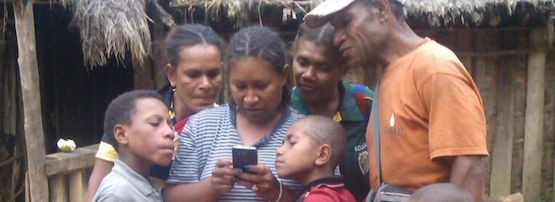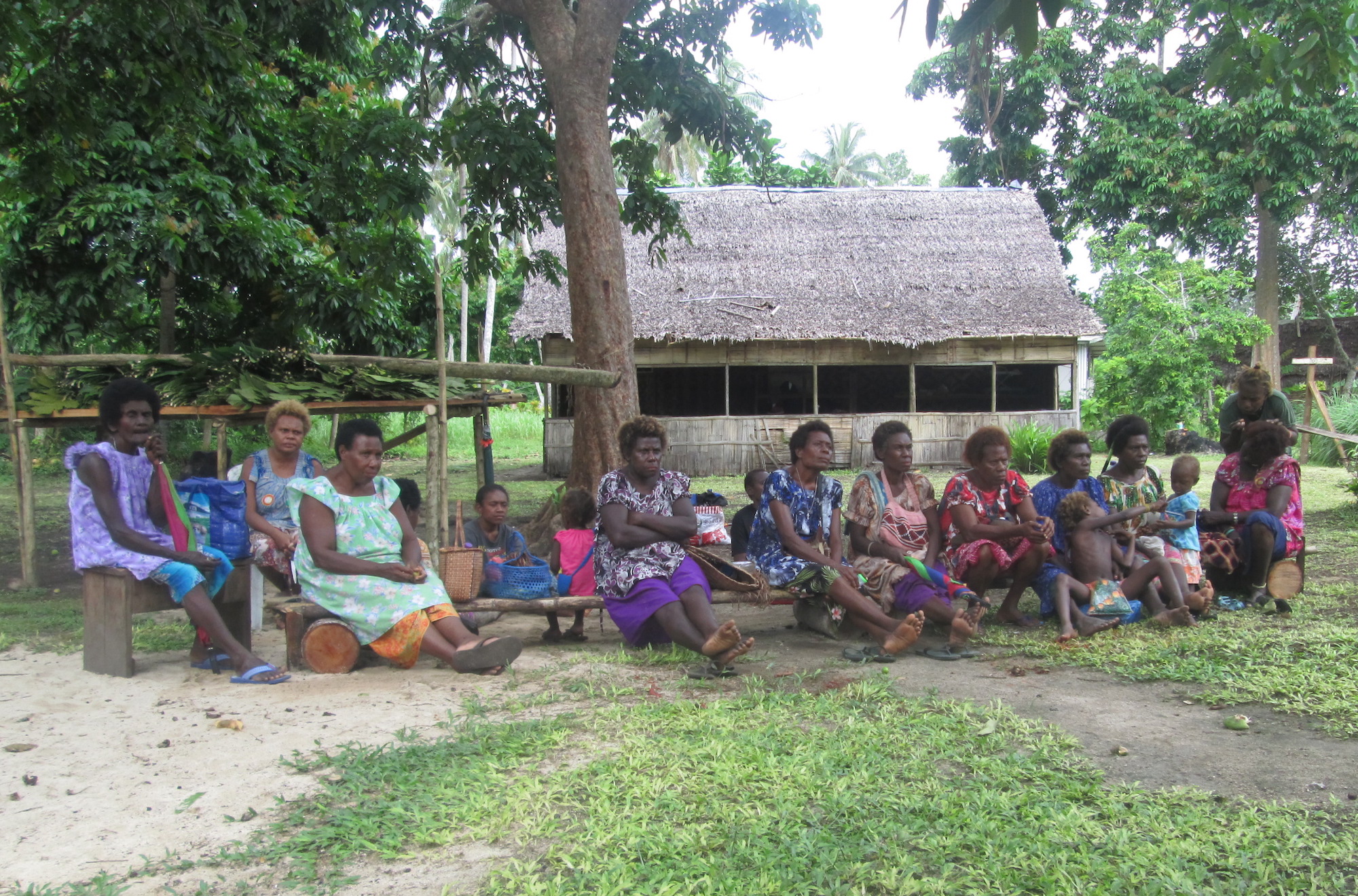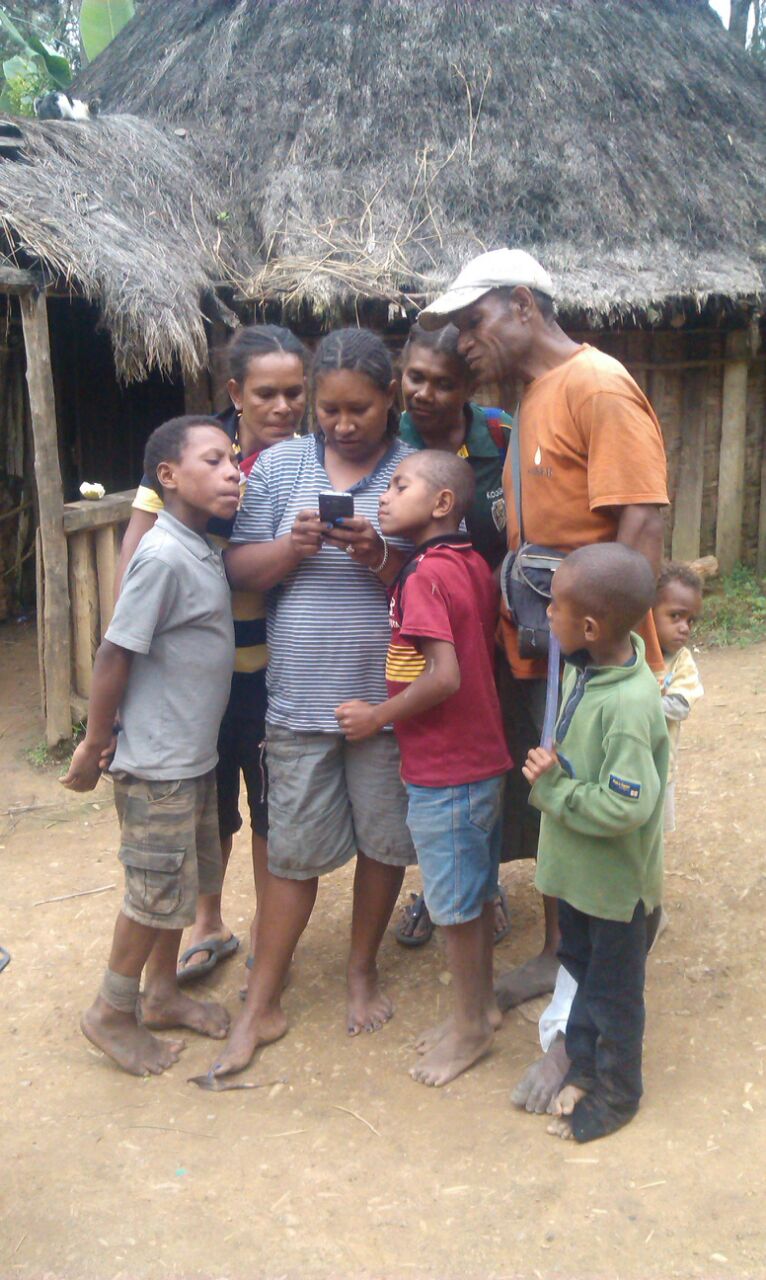
To be able to fully measure the impact of a new concept in a Papua New Guinean (PNG) traditional society, you have to observe how it coheres with its cultural norms.
In one of the most culturally diverse countries in the world, with 80% of the 7 million population being rural and relying on subsistence living for survival, the new way of life has to have obvious potential benefits of sustaining their living.
For years, this was a development challenge for the government and development partners, until the influx of Information & Communication Technology (ICT), specifically mobile phones and Internet.
The Changing Society
Among the many changes that have swept through the country in the last 20 years, communication technology, particularly cellular networks and associated mobile services, has had a significant impact on all facets of rural life and culture.
Just over 10 years ago, the ‘Internet’ was just a buzzword for the rural majority and much of the average working class in towns and cities in PNG. Connectivity was inadequately concentrated with exorbitant service costs for the connected few. As such, the Internet was deemed a luxury, when costs of access to other basic services like health care, education and transport were more important choices for the rural majority.
The Transformation Era
The period between 2006 to 2015 was a transformational era, not only in communication and media, but also access to information and participation in national and local agendas. From not having an idea of the Internet, to now owning and using a 3G smartphone with the world at their fingertips is an enormous leap in PNG contemporary culture.
A luxury for the ‘haves’ more than 10 years ago has now become another ‘every-day thing’ for most rural households and individuals, thanks to the impressive mobile broadband growth triggered by the introduction of competition in the mobile market in 2007 and the increasing popularity of social media.
While Internet World Stats shows negligible change in Internet penetration in PNG, raw observations in society, coupled with the diverse impact of the Internet, paint a different picture. Like in many developing countries, these formal measurements are compounded by the shortfalls in proper indicators, statistical tools, valid demographic data, and data security.
For example, if Internet penetration in an area is measured using subscription data, the percentage of actual usage would be higher because mobile web access is shared in rural PNG societies. A handset is shared among groups and families with prepaid data bundles to access the Internet. We lose some accuracy there in terms of achieving the purpose of the penetration indicator. This is why I concur with Katy Pearce’s comments that measurement of penetration is less significant and worthless when compared with the real socioeconomic impacts it has on developing nations.
Outcome-based measurement
The impacts of the Internet and social media are generally similar in nature across all developing countries. However, the outcomes of these impacts vary depending on the countries’ geography, literacy, economic development, social readiness, institutional policies, and general awareness of the technology itself.
Here, the digital divide acquires a new definition in a connected developing society and it’s defined by the degree and type of impacts it has on users. It is essential to know that people use the Internet for various reasons. For example, a rural farmer checking market information on the web is on track to sustaining his business, compared to another farmer using the Internet for social media or online gaming, and who is not enriching his knowledge.
Although rural users are covered and have access, if the attitude towards the use of technology is not right, the potential outcome of that digital bridge would be less significant. The observation here is of the rural societies who are using mobile web. However, the vast majority of the rural population is covered by a 2G network and very remote rural communities are still not covered by any form of telecommunication network.
Example of Positive Impact
The positive impacts of social media are notable. In education and literacy, some of the least educated rural persons who can pronounce and read basic English words know how to enter the Facebook URL but cannot correctly enter other web addresses on their phones. Similarly, they can navigate easily on Facebook but not on other websites. I have also seen an elderly man who cannot read but he understood numbers and therefore used numbers as contact names on his phone. He told me that number 1, is the contact name for his son working in the city. When the old man’s phone rings and he sees number 1 as caller ID, he knows that’s his son calling. So the education barrier is being lowered, helping people to read, see images and broaden their knowledge.
Example of Negative Impact
The negative impacts in PNG are common like in other developing countries. Most rural Internet users who embrace the Internet as the ‘best thing’ in the modern era, are overshadowed by the hype of the connected world and they fail to realize the adverse effects it can have on them. They won’t realize if they fall victim to cybercrime, because they will need to understand fully the kinds of cybercrime to know the threats.
Another common negative impact that the Internet is having on rural users is economical, with some families foregoing essential household expenditure to purchase data bundles to access Facebook or do other social or leisure activities online. For example, children may have to walk on the roadside a few kilometres to get to school the next morning because their father spent the last Kina (dollar) on Facebook. The Academic study in Kenya, stating the costs of subscribing to and maintaining a Facebook account, typifies the realities in most developing countries, including PNG.
Challenges
The challenges for the government, legal societies, and development partners are mostly to do with the best practices of containing subsequent outcomes of negative impacts, including:
- Proper and clear legal framework to address petty cybercrime particularly on social media
- Institutional arrangements to protect and strengthen Consumer Law and Human Rights
- Regulatory frameworks.
For civil societies like Internet PNG Clique (iPNGC), the approach to these challenges are on the user level. The issues and opportunities are seen as challenges:
- A growing desire to use the Internet for all the wrong reasons (pornography, dating, scams)
- How to promote and maintain their traditional culture through the use of the Internet and mobile web
- Addressing opportunity costs associated with the use of the Internet.
The objectives of iPNGC is to transform the passion and impact into producing positive gains for all stakeholders and Internet users.
Going Forward
To continue the development of the country’s connectivity and access, the PNG government invested USD 203 million in communication infrastructure to connect mainland PNG (where the bulk of the population is) using fibre optic over high voltage power pylons. This National Broadband Network project is designed to provide new services such as e-health, e-education, digital TV and e- Government applications, and many more; while also providing a backbone for new fixed and mobile broadband services across the country.
The increased connectivity and access would indisputably multiply the current opportunities and challenges to a whole new level as digital inclusion and citizenship unfold. If we cannot proactively address these challenges at a manageable user scale at present, the unforeseen ramifications of this technology would be dreadful.
The pursuit of iPNGC and other similar organizations and individuals is to shape informed and responsible Internet users, service providers and stakeholders to step in the right direction. We don’t want to fill their minds with trivial and useless information.
Stanley Osao is a communication engineer by profession, Internet governance activist and founder of Internet PNG Clique. He is involved extensively in regional and international Internet ecosystems and multistakeholder organizations.
The views expressed by the authors of this blog are their own and do not necessarily reflect the views of APNIC. Please note a Code of Conduct applies to this blog.




There is dramatic change in lifestyle and behaviour because of the introduction of mobile phones in PNG.